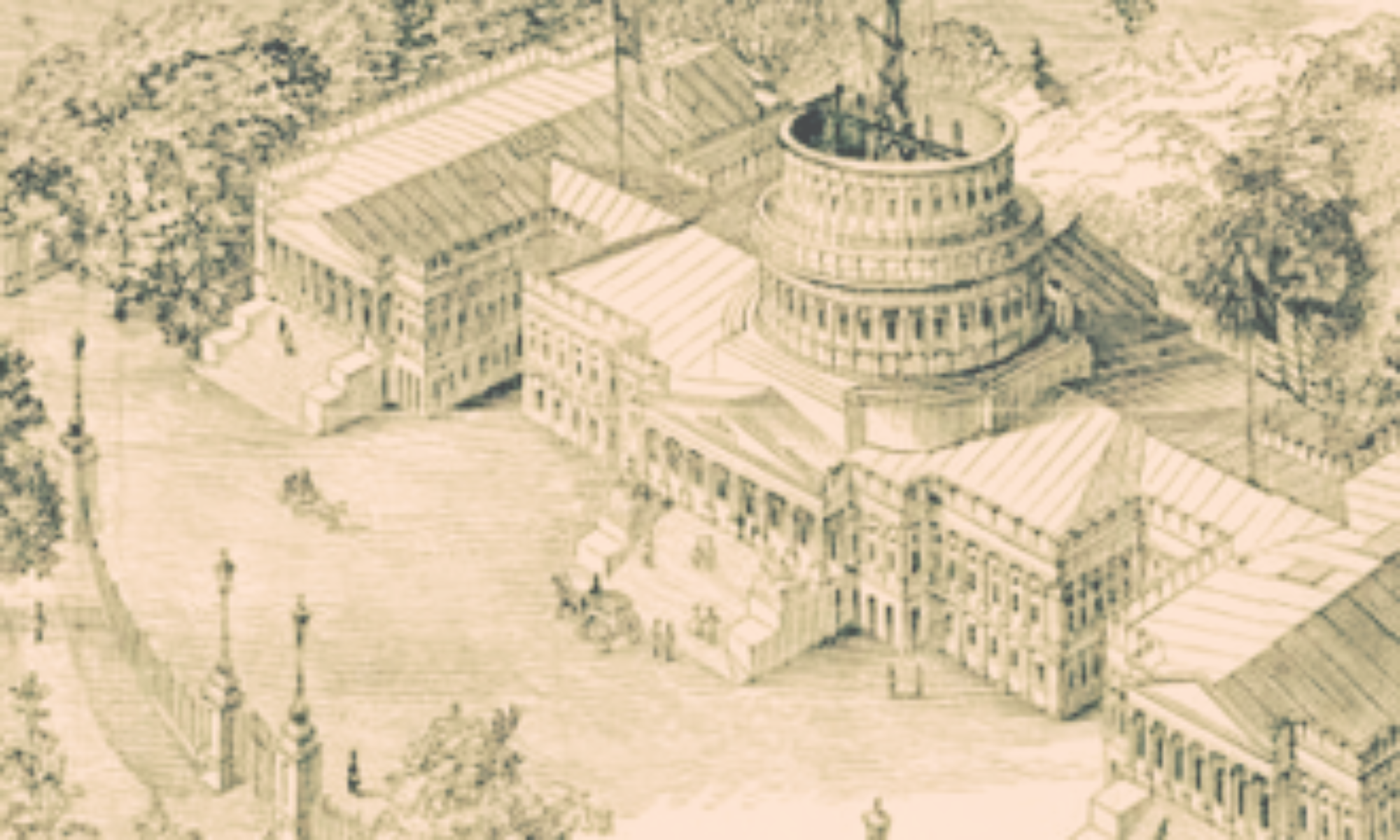
“It is emphatically the province and duty of the judicial department to say what the law is.” ~ Marbury v. Madison (1803)
On Monday, two years after its passage, the Supreme Court will consider the multiple constitutional challenges to the Patient Protection and Affordability Act, better known as Obamacare. Whatever the Court ultimately decides will be historic, as no recent Supreme Court case has raised issues so fundamental to the principle of limited, enumerated powers contained in the Constitution.
The multiple and conflicting pressures on the Court will be enormous.
Not since the New Deal has SCOTUS ruled against a major domestic social program proposed by the President and approved by Congress. When the Supreme Court ruled that both the National Industrial Recovery Act (NIRA) and the Agriculture Adjustment Act (AAA) were unconstitutional in 1935, it led to a de facto constitutional crisis.
An enraged President Roosevelt, furious that the Court was striking down key parts of his domestic program, proposed the Judicial Procedures Reform Bill in 1937 – or the “Court Packing” Scheme. To get around the recalcitrant Court, Roosevelt’s bill would have allowed the President to appoint an additional Justice to SCOTUS, to a maximum of six, for every sitting member who was 70.5 years old.
The Constitution does not fix the number of justices.
Roosevelt’s bill was an audacious and unprecedented challenge to the doctrine of separation of powers embedded in the Constitution, which would have effectively nullified the Supreme Court’s unique role in judicial review through a plan to artificially dilute the Court’s power by arbitrarily adding New Deal-friendly justices.
The threat of the bill was enough.
Shortly after Roosevelt proposed the bill, SCOTUS ruled in favor of an Administration supported minimum wage case from Washington State. Associate Justice Owen Roberts, a regular New Deal opponent, sided with Justices who were considered more sympathetic to New Deal goals in the split, 5-4 decision.
The perception at the time was that Roberts switched sides in the case in order to preserve the Court’s judicial independence by taking pressure off the New Deal agenda. The saying, “Switch in time saves nine” was the result of Roberts’ change of heart.
While Roosevelt was roundly criticized for the bill – and Democrats subsequently lost 81 House seats in the 1938 mid-term elections ,in part because of the Court packing scheme, Executive Branch “extortion” had, in fact, worked.
SCOTUS never challenged the New Deal again.
This is the history that is central to the Supreme Court’s consideration of Obamacare.
Since the constitutional crisis of 1937, the Supreme’s, by and large, have had a “hands off” policy with regard to major domestic legislation. This itself represents a de facto precedent for the Court, as it has increasingly recognized Congress’ authority, through the “necessary and proper” clause of Article I of the Constitution, to extend Congress’ power to regulate under the “Commerce Clause.”
So today, in a very real sense, it is not just Obamacare that is at stake in this upcoming case, but the concept of independent judicial review, separation of powers, the 10th amendment and federalism.
Is there a point at which the scars and fears created in 1937 are trumped by a red line constitutional issue? And will the Supremes have the intellectual honesty, indeed raw courage say so?
That will be the burden on John Roberts as the Court considers what is likely to be as consequential a case as Marbury v. Madison.
Time for the Supremes to “man up.”
